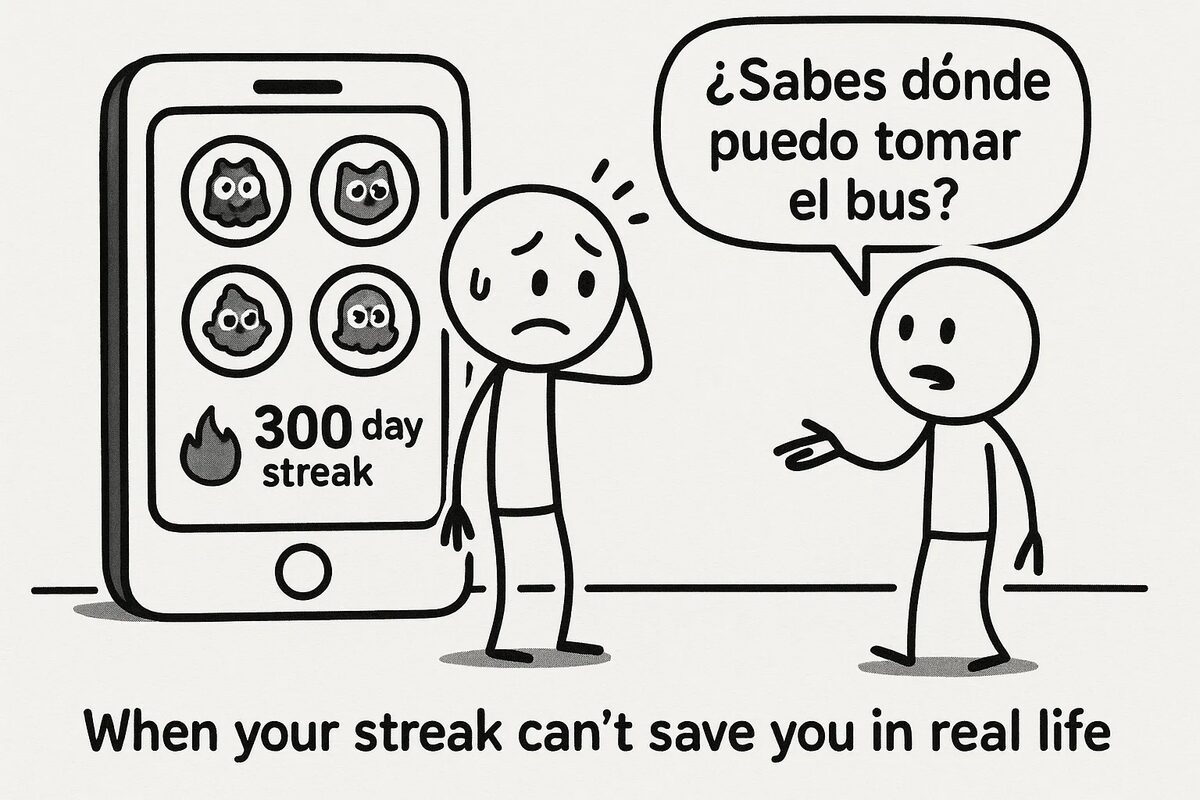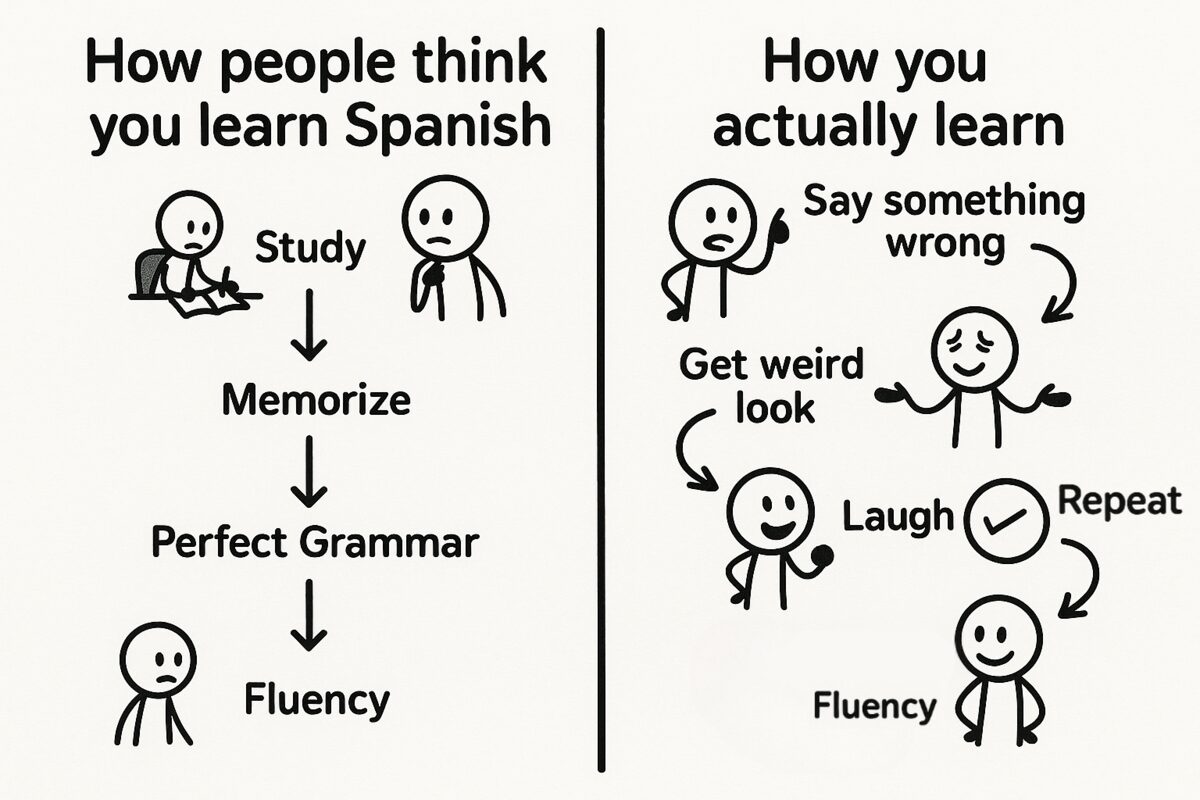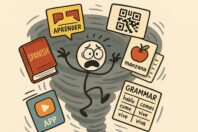What is the Easiest Way to Learn Spanish (Without the Frustration)?
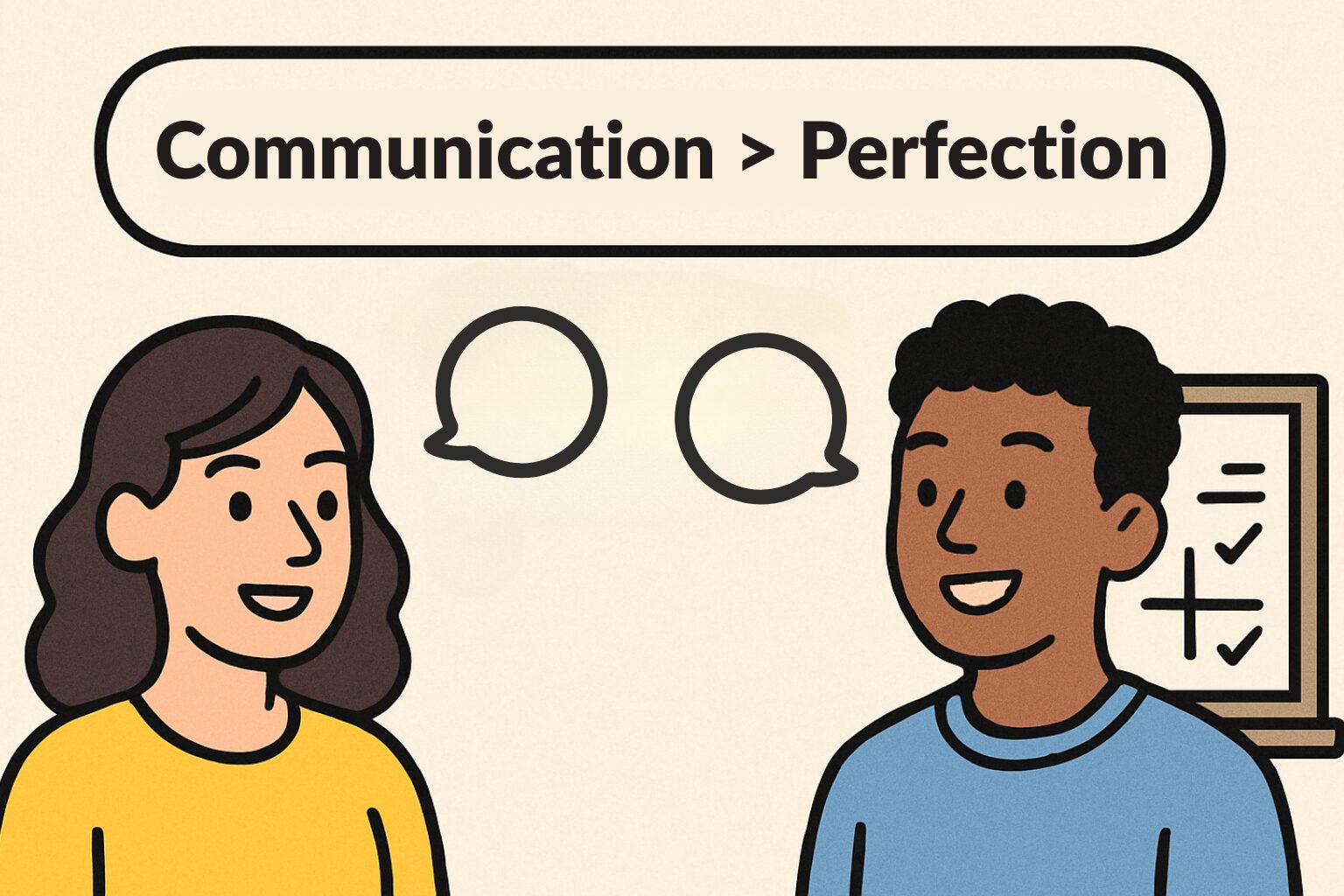
Get our free email course, Shortcut to Conversational.
Have conversations faster, understand people when they speak fast, and other tested tips to learn faster.
More infoYou’ve downloaded apps, bought courses, maybe even started a few classes. But here you are, still asking: What is the easiest way to learn Spanish?
If you’re bouncing between grammar drills and vocabulary lists without getting closer to actual conversations, you’re not alone. Most learners get trapped in the preparation phase.
They focus on studying Spanish instead of actually speaking it.
The uncomfortable truth? You need to speak from day one.
Even badly. Even with five words.
Sounds scary? It’s not.
In this post, we’ll show you exactly how to escape the preparation trap and start having real Spanish conversations faster than you thought possible.
You’ll learn why traditional methods keep you stuck, how to weave Spanish into your daily life effortlessly, and the simple mindset shifts that turn beginners into speakers.
Let’s break it down.
Why Traditional Study Methods Keep You Stuck
There are two essential parts to learning Spanish:
- Learning the “stuff” – vocabulary, grammar, pronunciation
- Using that stuff in real conversations with Spanish speakers
Most people obsess over part one and skip part two entirely.
You can complete Duolingo’s entire curriculum, memorize a thousand words, and take academic classes… but if you avoid conversations, you’ll never speak fluently.
That’s why many people study for years but freeze up when someone actually talks to them. They mastered the theory but never practiced the speaking part..
The fix: After you learn something new, use it in a real conversation as soon as possible. That’s how knowledge becomes fluent speech.
How to Integrate Spanish Into Your Daily Life (Micro-Immersion Tips)
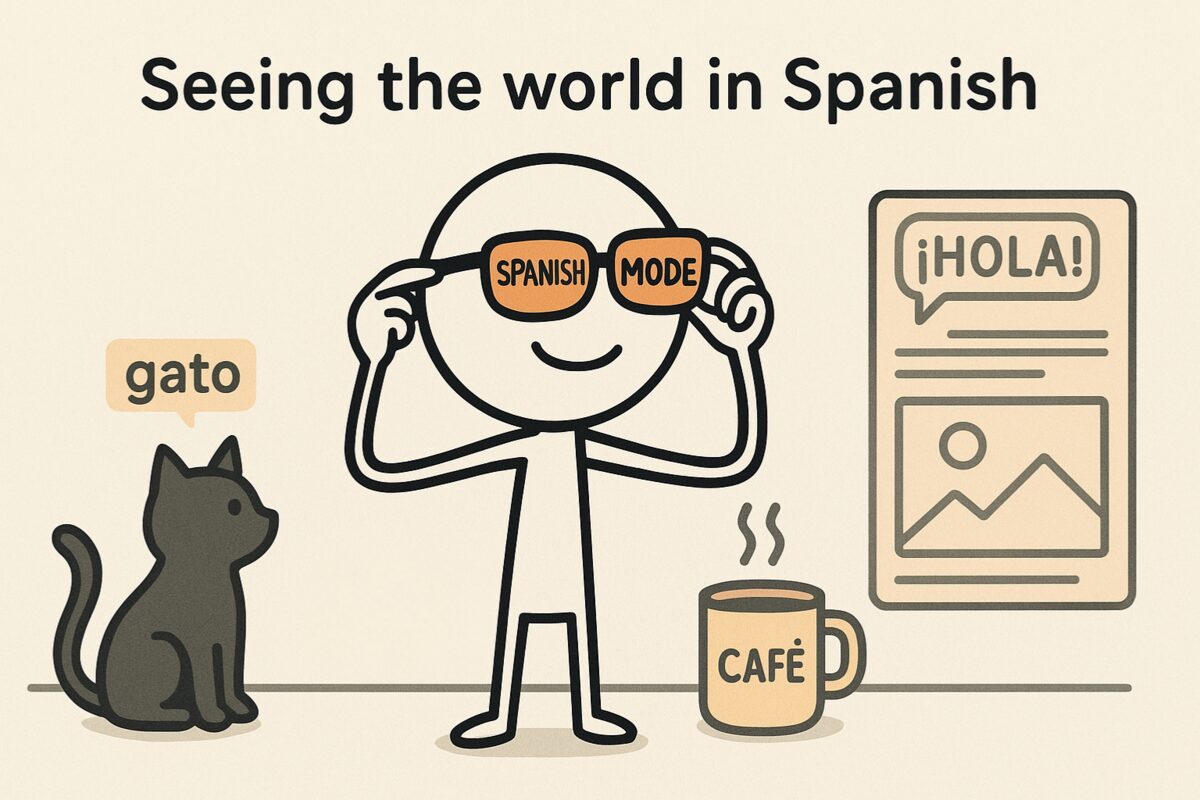
Instead of having a schedule for when you study Spanish, you should be weaving Spanish into your existing habits so it never feels like a chore.
Here are some easy wins.
- Replace, don’t add: Rewatch your favorite Netflix series with Spanish audio instead of starting a new show.
- Follow your interests: Switch to Spanish-speaking YouTubers in your niche (cooking, gaming, whatever you’re into)
- Music: Bad Bunny is one of the biggest artists in the world for a reason. Why not listen to some reggaeton on your daily commute.
These small steps add up. They keep Spanish in your peripheral vision all day long, training your brain to think in the language, not just translate.
Start Speaking Terribly (It’s Required)
The biggest mistake Spanish learners make? Trying to be perfect.
That’s like thinking you’re too weak to join the gym. You don’t get stronger by waiting, you get stronger by showing up and doing the work, even badly.
Speaking Spanish works the same way.
You’re going to make embarrassing mistakes. You’ll accidentally tell someone you’re “caliente” when you mean the weather is hot. You’ll sound like a caveman and forget words you knew yesterday.
Good. That’s exactly how this works.
Fluency isn’t built on perfect sentences, it’s built on a thousand beautiful disasters.
The learners who progress fastest aren’t the ones who never mess up; they’re the ones who mess up confidently and keep talking anyway.
Communication beats perfection every single time.
Why You Shouldn’t Obsess Over Grammar
Most people start with grammar books, thinking they need to understand all the rules before they can speak. That’s backwards.
You learned English grammar by speaking English first, not by studying conjugation charts as a toddler. Your brain picks up patterns naturally through use and repetition.
When you obsess over verb endings from day one, you’ll second-guess every word and freeze up mid-sentence.
You’ll be mentally conjugating “hablar” while the other person waits for you to respond.
So where to start if you are a complete beginner? Learn a handful of essential verbs and basic phrases, and you’ll know more than enough to have conversations right away.
As you keep having conversations, you will naturally be exposed to new verbs and find it easier to learn them in context.
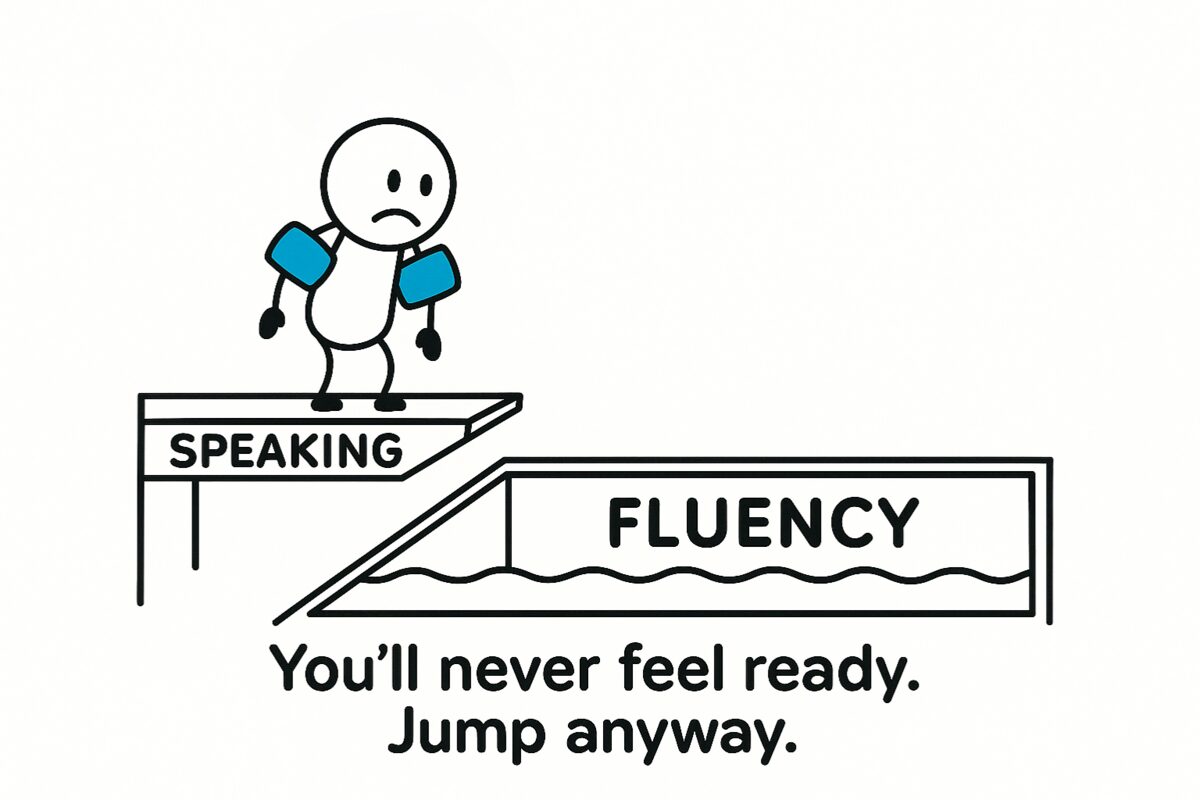
Bottom Line
If you’re asking “What’s the easiest way to learn Spanish?” here’s the honest answer: speak it.
Don’t wait until you “know enough.”
Don’t waste months in apps hoping to feel fluent. Just speak. Start small, stay consistent, make it enjoyable. Get help from real humans, not just algorithms.
That’s how you go from dabbler to speaker.
And if you want a platform built for exactly that – one that helps you build real-world Spanish without the pain of traditional methods – BaseLang is waiting.
Quick Recap: The Easiest Way to Learn Spanish
✓ Speak from day one – Even badly, even with five words
✓ Weave Spanish into existing habits – Netflix, music, YouTube in Spanish
✓ Embrace the mistakes – Communication beats perfection every time
✓ Learn grammar through use – Not textbooks and conjugation charts
✓ Focus on conversations – Apps build knowledge, speaking builds fluency
Frequently Asked Questions (FAQs)
I’m too nervous to speak with native speakers. How do I get over this fear?
Start with structured lessons where the teacher expects beginner mistakes. Professional tutors are trained to help nervous beginners. They’ve heard every mistake before. The fear only goes away through practice, so the sooner you start, the sooner you’ll feel confident.
Can I learn Spanish just by watching TV or listening to music?
These help with exposure and comprehension, but they won’t help you to actually speak Spanish. You need active practice (talking with real people) to actually learn to speak.
I understand Spanish when I read it, but can’t speak. Why is this happening?
Reading is passive recognition; speaking is active recall. Your brain recognizes words it sees but can’t quickly retrieve them for speech. The only way to close this gap is through speaking practice.
What about learning to read and write in Spanish?
Speaking and listening should come first since that’s how humans naturally acquire language. Once you can have conversations, reading and writing become much easier because you already know how the language sounds and flows.
What makes BaseLang different from other programs?
BaseLang gives you unlimited 1-on-1 tutoring and a curriculum designed to get you speaking from day one. No fluff, no gimmicks, just real conversations that get real results. Over 20,000 students have used BaseLang to go from zero to conversational.
